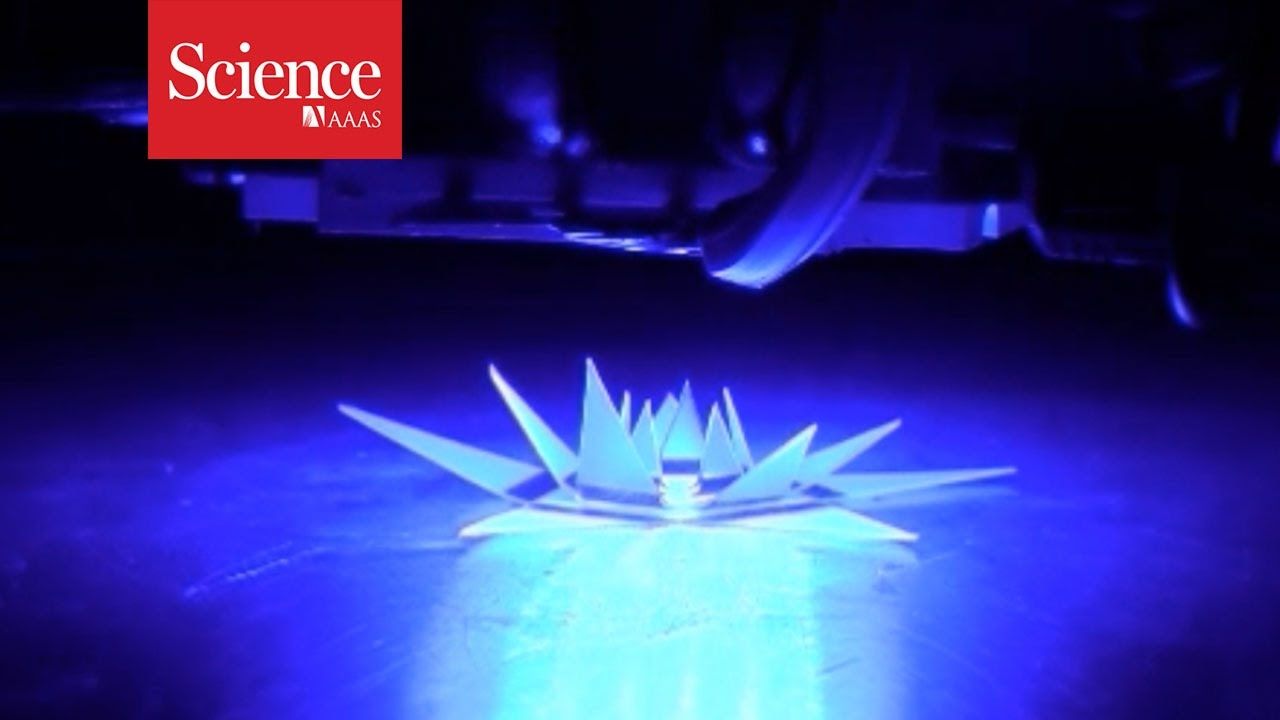Inspired by origami, North Carolina State University researchers have found a way to remotely control the order in which a two-dimensional (2-D) sheet folds itself into a three-dimensional (3D) structure.
“A longstanding challenge in the field has been finding a way to control the sequence in which a 2-D sheet will fold itself into a 3D object,” says Michael Dickey, a professor of chemical and biomolecular engineering at NC State and co-corresponding author of a paper describing the work. “And as anyone who has done origami — or folded their laundry—can tell you, the order in which you make the folds can be extremely important.”
“The sequence of folding is important in life as well as in technology,” says co-corresponding author Jan Genzer, the S. Frank and Doris Culberson Distinguished Professor of Chemical and Biomolecular Engineering at NC State. “On small length scales, sequential folding via molecular machinery enables DNA to pack efficiently into chromosomes and assists proteins to adopt a functional conformation. On large length scales, sequential folding via motors helps solar panels in satellites and space shuttles unfold in space. The advance of the current work is to induce materials to fold sequentially using only light.”
